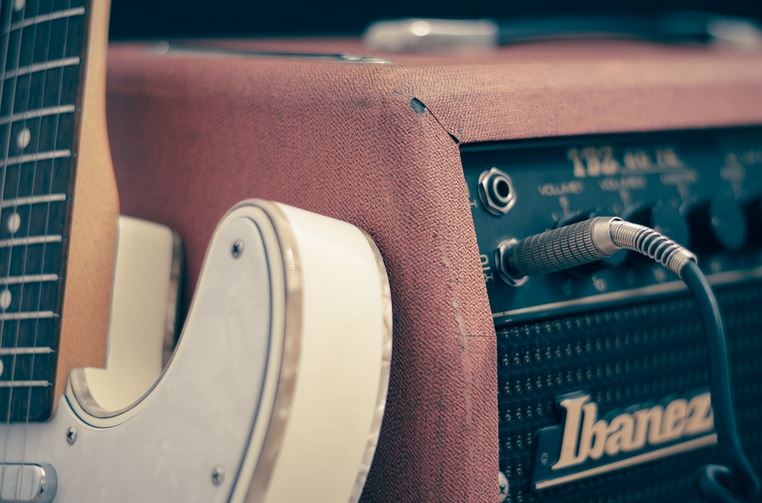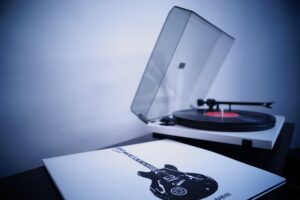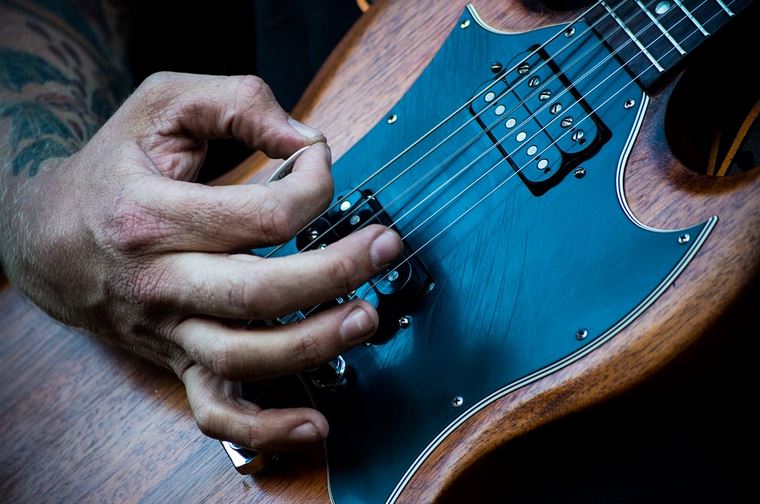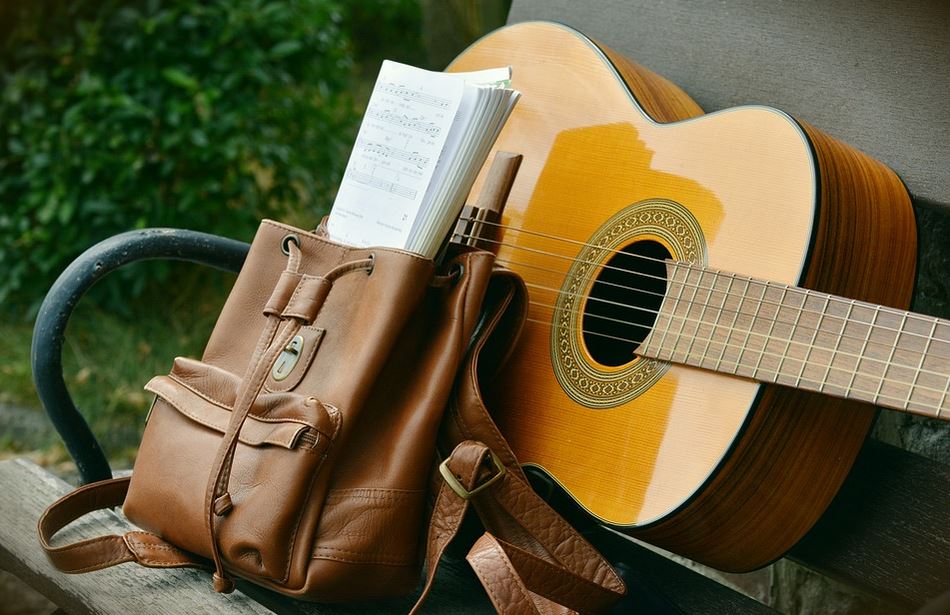How To Record Your Guitar – Steps You Need To Take

How To Record Your Guitar?
For many guitarists, recording guitars is one of the best things they like to do. If you want to record your guitar, you need to know the sound will vary depending on factors like the kind of guitar, the player, the amplifier, and the recording methods utilized. Check out some great tips to help you consistently record your guitar with great results.
Prepare Yourself
When you’re ready to start recording, you must prepare yourself properly. Ensure you have all the equipment you need, like guitars, new strings (ensure they fit properly), new tubes, and other necessary gear.
Make sure you thoroughly check your intonation and tuning. If you want the best tone possible during recording, don’t wait until the last minute. Double-check your tuning before each take, so you don’t find yourself in the mix trying to fix any tonal issues.
Setup Your Amp and Mic
It would be best if you had an amp and Microphone for your home recording. For the microphone, you can get the Shure SM57. It will be up to you to use a condenser or a single dynamic mic. The condenser mics are known for recording clearer sounds.

For the amp, you can try out the Shure SM57. First, plug into your amp and position your mic in the middle between the speaker and yourself. You can experiment a little to see if you like the mic closer or farther away from you.
How close or far the mic is from you will dramatically affect the sound. Make sure your mic is plugged into an input on your audio interface. Use your recording software to pick what input you will use to give your mic a signal. Now just ready the track to record and start recording your guitar sounds.
Also Check: Guitar Tuning: The Ultimate Guide
Adjust the Gain on the Amp
If you don’t adjust the gain on the amp, it could cause your guitar’s recording sounds to be too light in the mix. You must achieve the best gain to get good recordings and avoid distortions. Use reverb to add more flare during the mixdown. If you add a stereo reverb during recording, you will need a couple of tracks.
Checkout How To Record Your Guitar on YouTube
How To Record Your Guitar – Use Compression
You should definitely use compression because it can make the instrument’s tone sound more even. Try implementing EQ after compression to get cleaner sounds. You can add the EQ before the compression if you want a more laid-back sound.
DI Feed
Use a high-input DI box to record a DI feed on a spare track. Recording a clean DI track with the amps will allow you to reprocess it later. So if you aren’t feeling the original sound, you can play the track back using unique guitar effects. You can even use both the original and the reprocessed sounds to produce an original stereo effect.





2 Comments